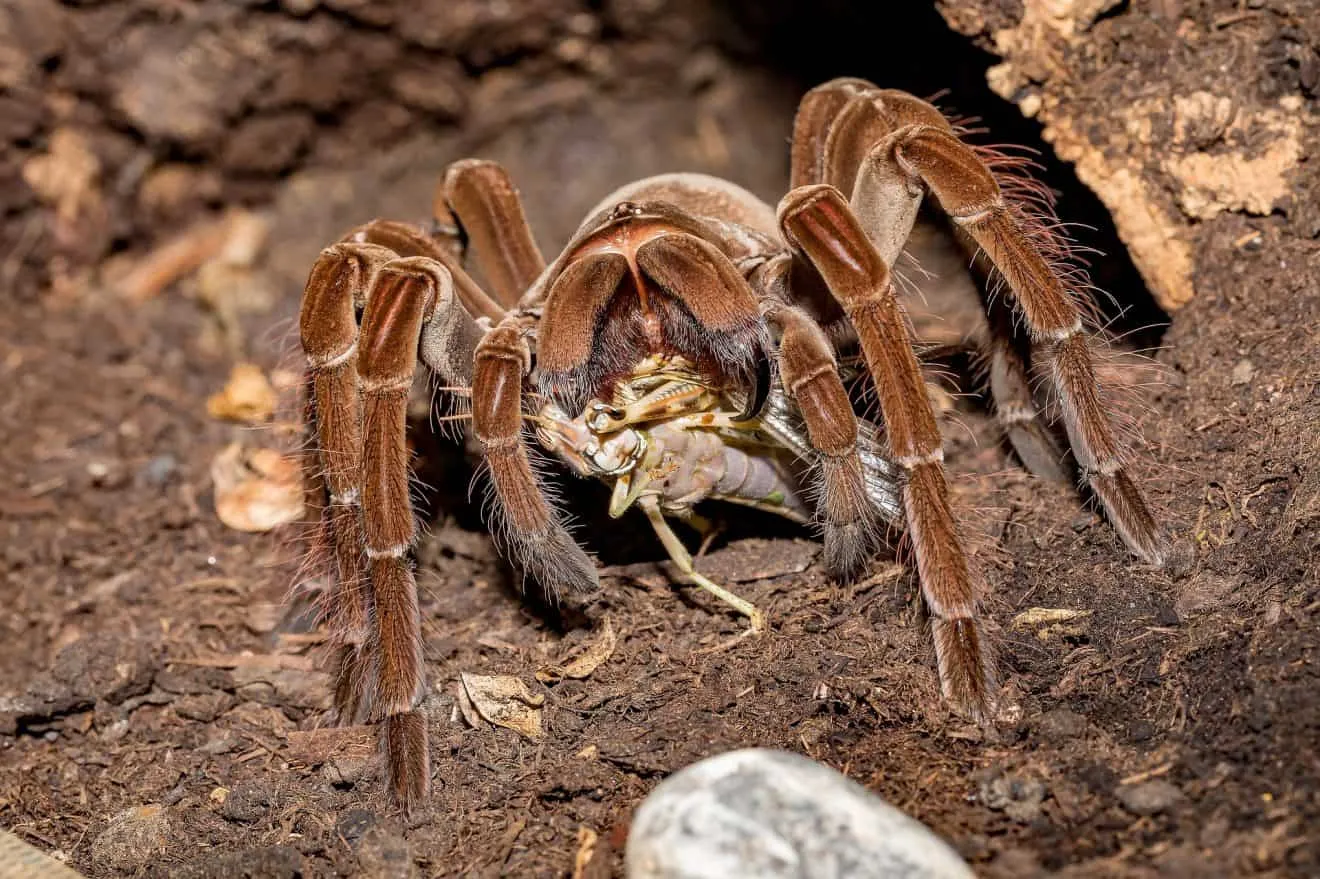What is a Tarantula?
Tarantulas are large, hairy spiders belonging to the Theraphosidae family. These fascinating creatures are found in various habitats around the world, captivating both scientists and enthusiasts alike. Their imposing size and unique characteristics have made them a subject of intrigue and sometimes fear. The name ’tarantula’ is often used to describe any member of this family, though the term can sometimes be used more broadly. Tarantulas are known for their impressive size, with some species having leg spans that can exceed a foot in length. They are typically nocturnal hunters, using their fangs to inject venom and subdue their prey. Despite their intimidating appearance, tarantulas are generally not considered highly dangerous to humans, although their bites can be painful.
What are Tarantulas?
Tarantulas are a diverse group of spiders, with over 900 different species identified. These spiders are known for their large size, hairy bodies, and impressive fangs. They are found on every continent except Antarctica, inhabiting various environments such as rainforests, deserts, and grasslands. Tarantulas are primarily nocturnal hunters, preying on insects, small vertebrates, and other arthropods. They possess venom that they use to immobilize their prey. Despite their fearsome reputation, tarantulas are generally not aggressive and prefer to avoid confrontation. Many species are popular as pets, with enthusiasts appreciating their unique characteristics and relatively low maintenance requirements. Their diverse appearances and behaviors make them a fascinating subject of study and observation.
Tarantula Trivia 10 Amazing Facts
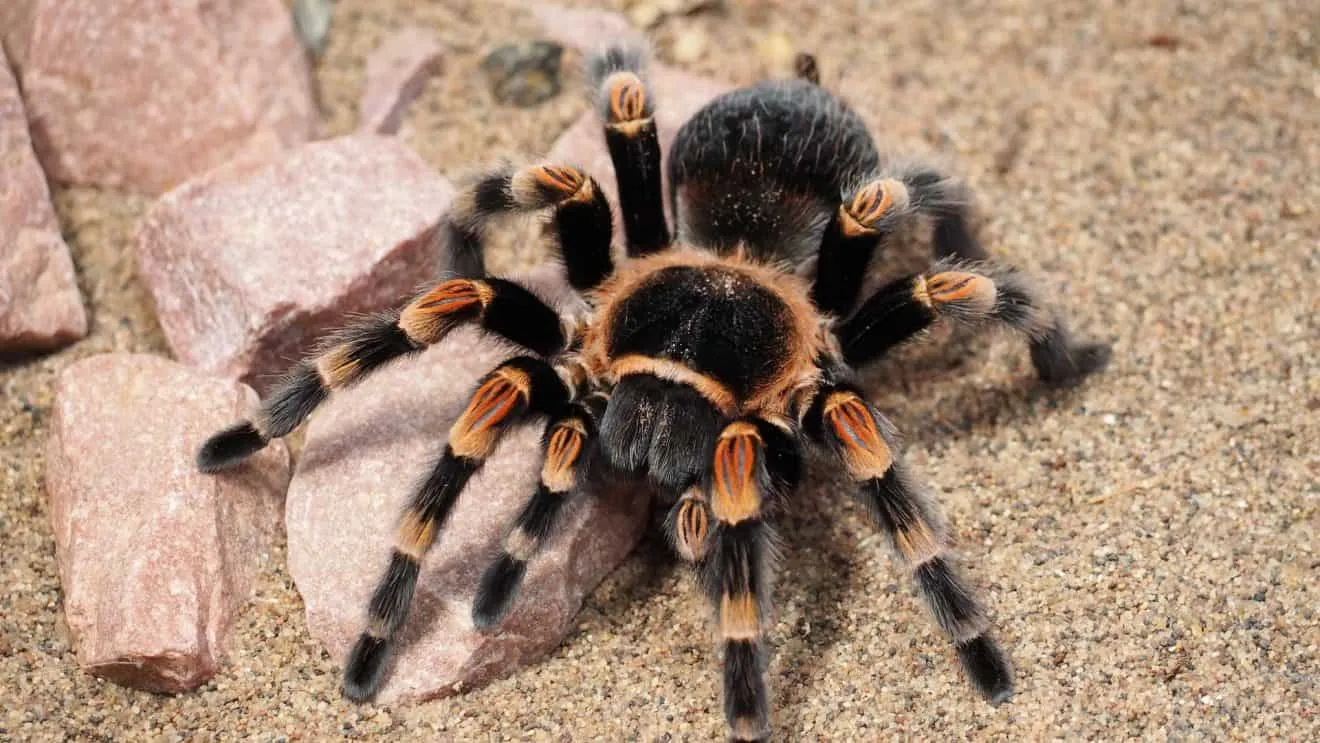
Here are 10 amazing facts about tarantulas that you might not know. These facts highlight the unique features and behaviors of these fascinating spiders. From their impressive size and long lifespans to their intriguing hunting techniques and venom, tarantulas offer a wealth of interesting information. Learning about these creatures can help dispel common misconceptions and foster a greater appreciation for their role in the ecosystem. The following facts are designed to provide a glimpse into the captivating world of tarantulas, revealing some of their most remarkable qualities.
- Tarantulas can live for over 25 years.
- They have hairs on their legs that help them sense vibrations.
- Some species have urticating hairs that they flick at predators.
- Tarantulas can regrow lost legs.
- They don’t use webs to catch prey; they hunt.
- Tarantulas can eat small birds, lizards, and rodents.
- They molt their exoskeletons to grow.
- Their venom is generally not lethal to humans.
- They are found in various colors and patterns.
- Tarantulas are a popular pet choice.
Physical Characteristics of Tarantulas
Tarantulas exhibit a range of physical characteristics that make them stand out in the arachnid world. Their size is a defining feature, with some species having leg spans exceeding 10 inches. They possess a cephalothorax, which is the combined head and chest region, and an abdomen, which houses the digestive and reproductive organs. Their bodies are covered in hairs, which serve various functions, including sensory perception and defense. The hairs can also be urticating, meaning they can be flicked at predators as a defense mechanism. Their fangs are typically large and used to inject venom into prey. These physical traits contribute to their survival and success in various environments.
Size and Appearance
Tarantulas are renowned for their size, with some species being among the largest spiders in the world. Their leg spans can vary significantly, from a few inches to over a foot in some cases. Their bodies are typically covered in a dense layer of hairs, giving them a fuzzy appearance. The coloration of tarantulas varies widely, ranging from browns and blacks to vibrant blues and oranges. The size and appearance of tarantulas are crucial for both hunting and defense. Their large size helps them overpower prey, while their appearance can serve as camouflage in their natural habitats. The diversity in size and appearance among different tarantula species is a testament to their adaptability to various environments.
Varied Colors and Patterns
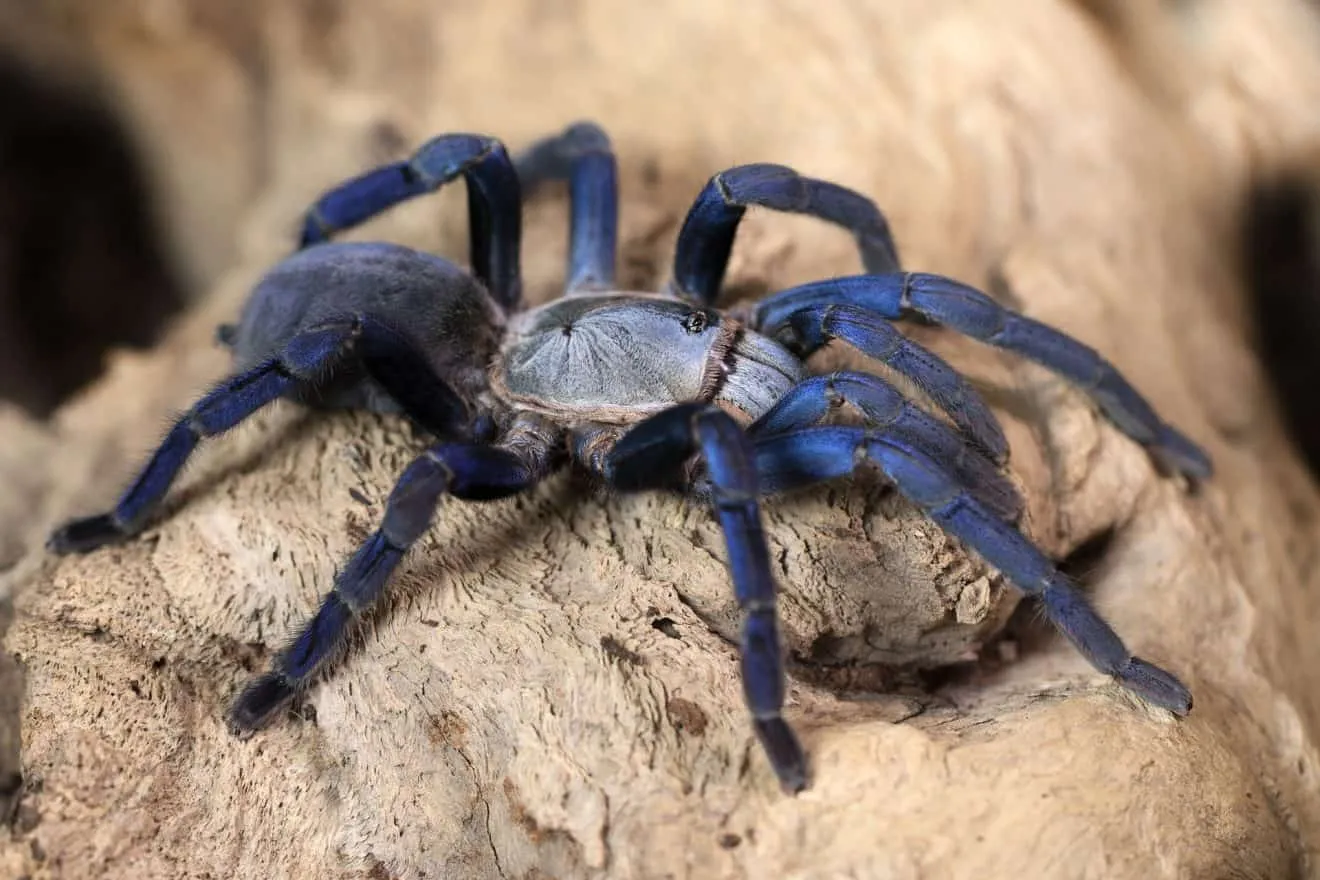
Tarantulas exhibit a stunning array of colors and patterns, adding to their allure. These spiders can be found in shades of brown, black, gray, and even vibrant hues like blue, orange, and purple. The patterns on their bodies can be intricate, with stripes, spots, and other designs that help them blend into their surroundings or serve as a form of communication. The coloration can also be influenced by environmental factors, such as humidity and diet. These varied colors and patterns make each species unique and contribute to their overall aesthetic appeal. The diversity in appearance is a fascinating aspect of tarantula biology, showcasing nature’s creativity.
Habitat and Distribution
Tarantulas are found in a wide variety of habitats, from tropical rainforests to arid deserts. Their distribution is global, with species found on every continent except Antarctica. They are well-adapted to their specific environments, with variations in appearance and behavior that allow them to thrive. The availability of suitable habitats, including appropriate temperatures, humidity levels, and prey sources, is crucial for their survival. The study of their habitat and distribution provides valuable insights into their ecological roles and conservation needs. Their adaptability is a key factor in their success.
Where Do Tarantulas Live?
Tarantulas inhabit diverse environments, from burrows in the ground to trees and rock crevices. Their choice of habitat depends on the species and the availability of resources like food and shelter. Some species prefer to live in underground burrows that they dig themselves, while others utilize existing structures. The specific habitat provides protection from predators, regulates temperature and humidity, and offers a suitable place to hunt and reproduce. They often select locations that offer camouflage and access to prey. The type of habitat significantly influences their behavior and lifestyle.
Global Distribution
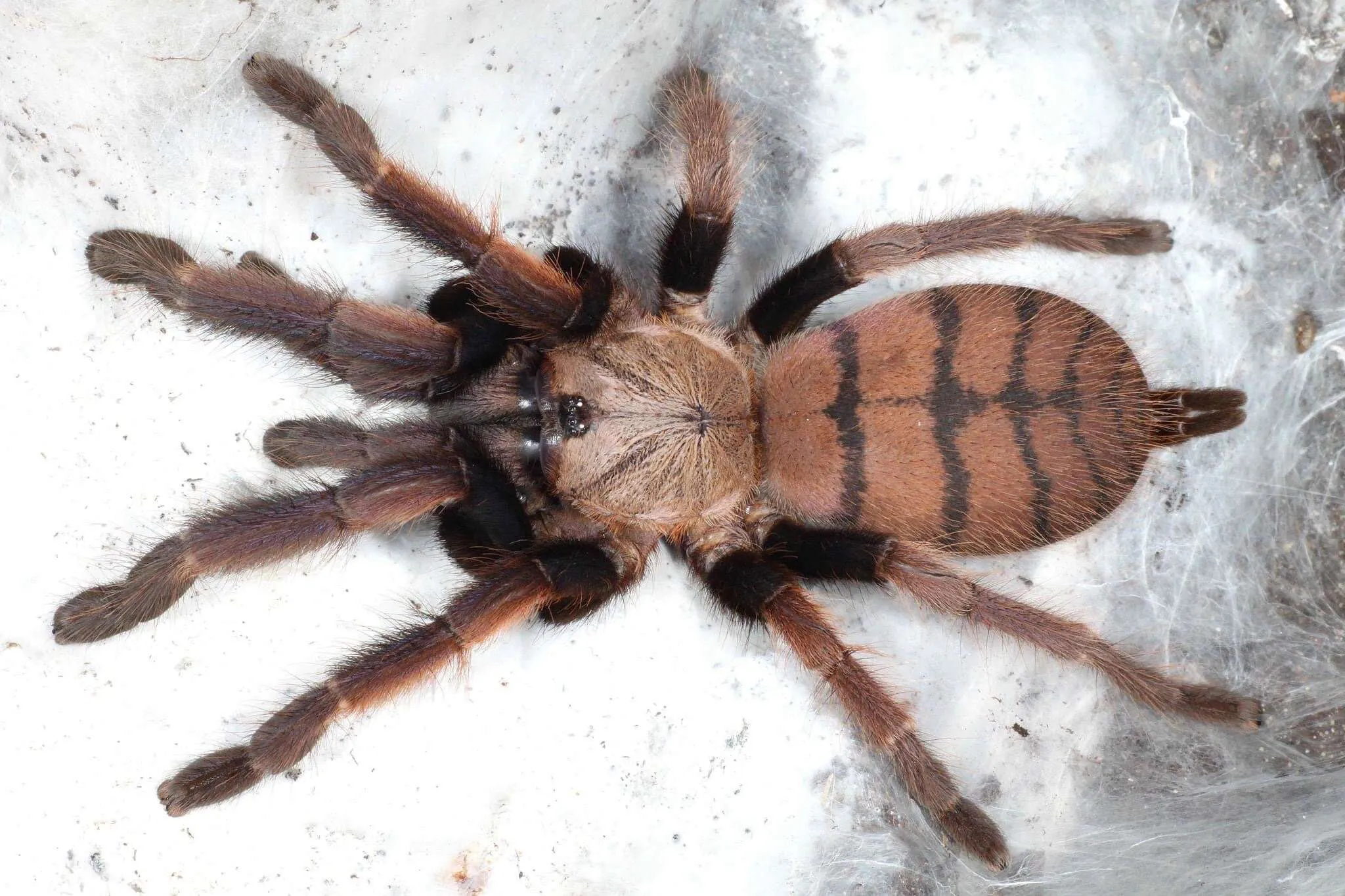
Tarantulas are found worldwide, excluding Antarctica. Their presence is notable across North and South America, Africa, Asia, and Australia. The distribution of tarantula species is not uniform, with some regions boasting higher species diversity than others. Environmental factors, such as climate and the availability of suitable habitats, play a significant role in their distribution patterns. The study of their global distribution is essential for understanding their evolutionary history and for conservation efforts. The wide distribution of these spiders highlights their adaptability.
Behavior and Lifestyle
Tarantulas exhibit a range of behaviors and lifestyles that contribute to their survival. They are generally nocturnal, preferring to hunt and be active during the night. Their behavior is influenced by factors such as temperature, humidity, and the availability of food. They are typically solitary creatures, except during mating season. Their hunting strategies involve stealth and ambush, with venomous fangs used to subdue prey. The lifestyle of tarantulas is fascinating to observe, showcasing their adaptability and survival instincts. Studying their behavior provides valuable insights into their ecological roles and interactions.
Hunting and Diet
Tarantulas are skilled hunters, employing various strategies to catch their prey. Their diet primarily consists of insects, but they can also consume small vertebrates, such as lizards and rodents. They use their fangs to inject venom, which immobilizes and begins to digest the prey. The hunting behavior is driven by their instincts and is essential for their survival. The diet of tarantulas varies based on the species and the availability of food in their habitat. Their hunting prowess and varied diet make them effective predators.
Defense Mechanisms
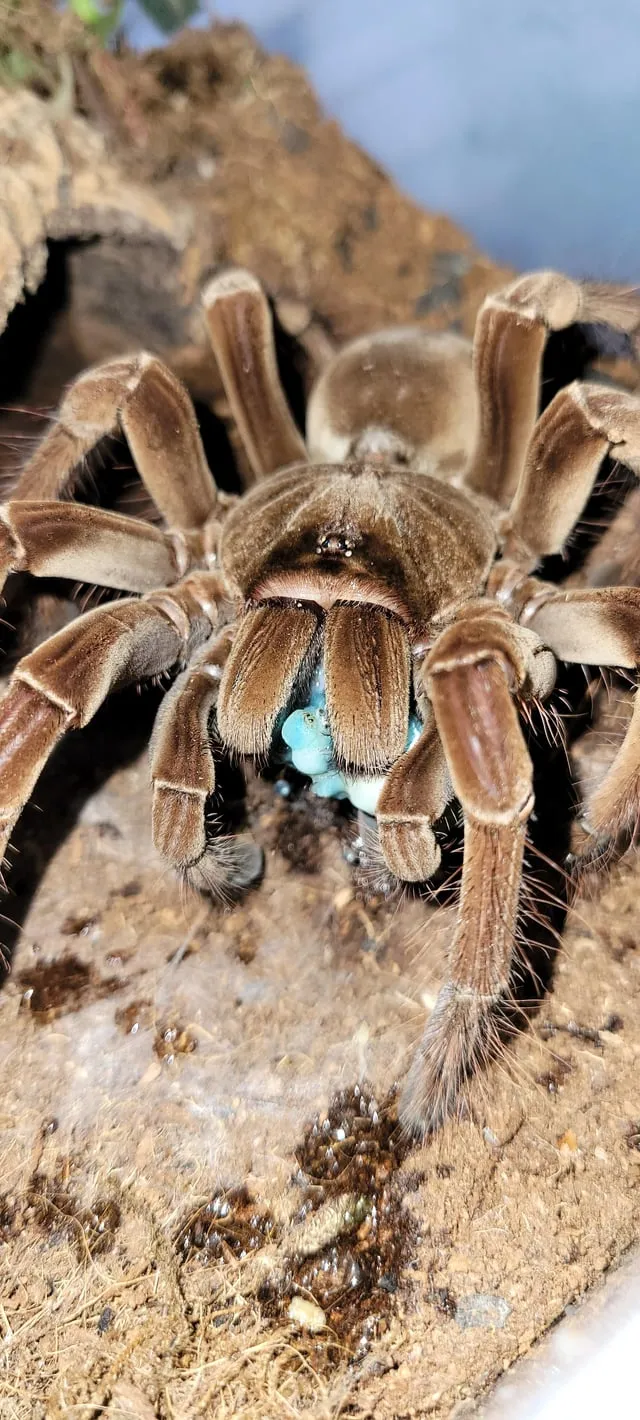
Tarantulas have developed several defense mechanisms to protect themselves from predators. One of the primary defenses is their ability to flick urticating hairs from their abdomen towards threats. These hairs cause irritation and can deter potential attackers. Some species also possess venom, which they can use to defend themselves. They are also known to bite when threatened. The use of these mechanisms is essential for their survival in the wild. Their defense strategies are critical for survival.
Venom and Bites
The venom of tarantulas is primarily used to subdue prey, but it can also be used defensively. The effects of a tarantula bite on humans vary depending on the species and the amount of venom injected. In most cases, the bites are not life-threatening but can cause pain, swelling, and other localized symptoms. The study of tarantula venom is an active area of research, with scientists exploring its potential applications in medicine. Despite the potential for discomfort, tarantula bites are generally not considered highly dangerous to humans. Their venom is part of their survival.
Lifespan and Reproduction
Tarantulas are known for their long lifespans, with some species living for over 20 years. Their life cycle involves molting, during which they shed their exoskeletons to grow. Reproduction typically involves a complex mating ritual, followed by the female laying eggs. The lifespan of tarantulas and their reproductive strategies are critical for the continuation of their species. Their longevity and the success of their reproductive processes are essential for their survival.
Life Cycle of Tarantulas
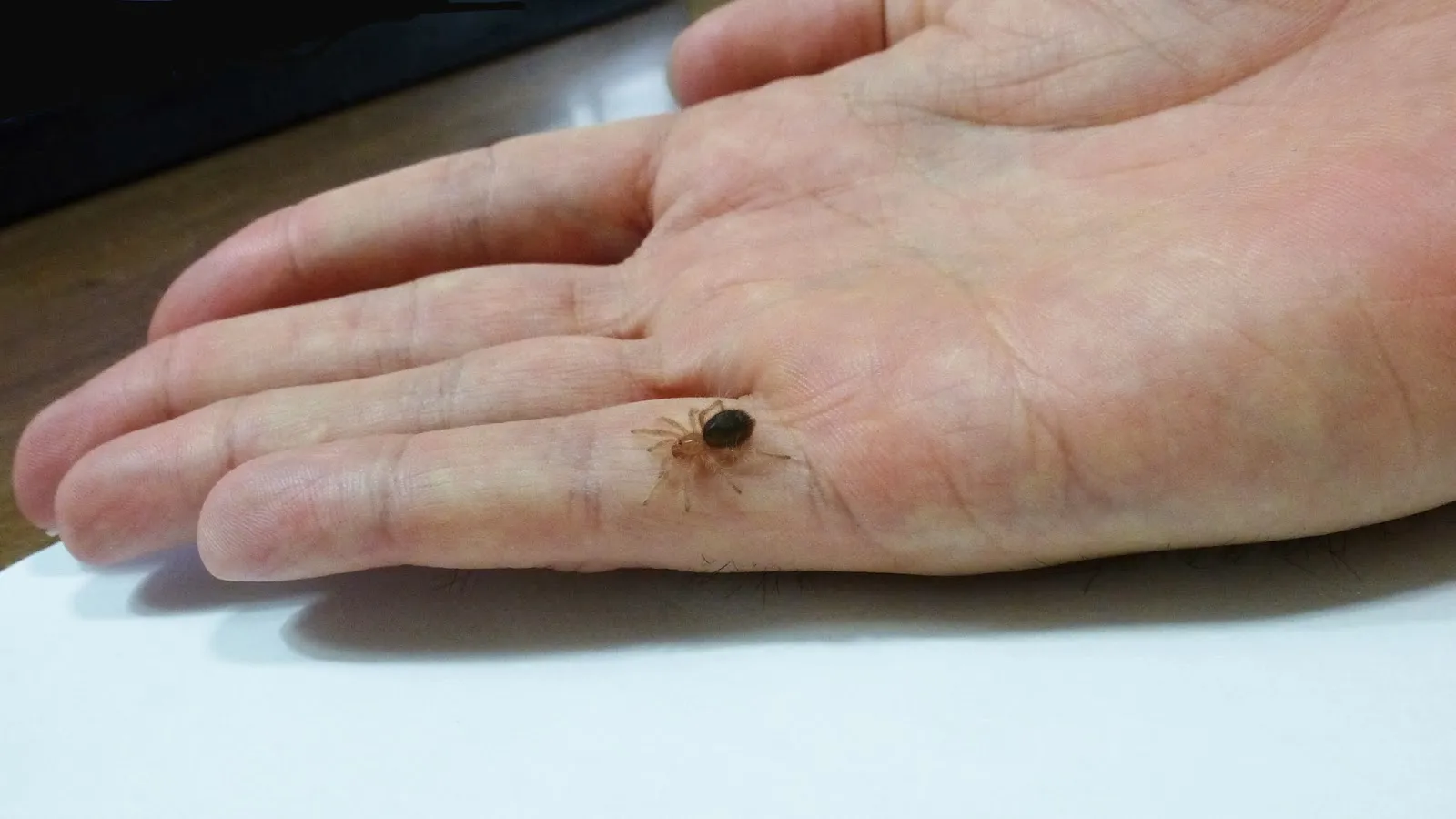
The life cycle of a tarantula begins with the egg stage, followed by the spiderling stage, and then the adult stage. As they grow, tarantulas molt, shedding their exoskeletons to allow for growth. The frequency of molting decreases as they mature. The life cycle is a continuous process of growth and development, culminating in reproduction. The stages of the life cycle are essential for understanding the development and maturation of these spiders.
Mating and Egg Laying
Mating in tarantulas involves a complex ritual that varies among different species. The male typically courts the female, and if successful, they mate. After mating, the female lays eggs, often in a silken egg sac. The female protects the eggs until they hatch into spiderlings. The process of mating and egg laying is crucial for the continuation of the species. The care provided by the female to her eggs ensures the survival of the next generation.
Tarantulas and Humans
Tarantulas have a complex relationship with humans, ranging from fear and fascination to their role as pets. Their large size and appearance often evoke fear, but many people find them intriguing. They are popular as pets, with enthusiasts appreciating their unique characteristics and relatively low maintenance requirements. Their interactions with humans have shaped perceptions and influenced conservation efforts. The relationship between humans and tarantulas reflects the diverse ways these creatures are viewed.
Tarantulas as Pets

Tarantulas are increasingly popular as pets, with many species readily available in the pet trade. Their relatively low maintenance requirements and unique characteristics make them an attractive choice for some pet owners. Owning a tarantula involves providing a suitable habitat, appropriate food, and proper care. Responsible pet ownership is crucial to ensure the well-being of the tarantula. The rising popularity of tarantulas as pets has increased the need for information on their care.
Conservation Status
The conservation status of tarantulas varies among different species, with some facing threats due to habitat loss, overcollection, and the pet trade. Conservation efforts are focused on protecting their habitats and regulating the pet trade to prevent overexploitation. The conservation status of each species is an ongoing assessment. Conservation actions are essential to protect tarantulas. The conservation of tarantulas involves understanding their threats and taking the necessary steps to protect them.
In conclusion, tarantulas are remarkable creatures that exhibit a range of fascinating characteristics and behaviors. From their imposing size and diverse appearances to their hunting strategies and long lifespans, tarantulas continue to captivate both scientists and enthusiasts. Understanding their biology, habitat, and conservation needs is essential for protecting these intriguing arachnids. As we learn more about tarantulas, we gain a greater appreciation for their role in the ecosystem and the importance of their preservation.
